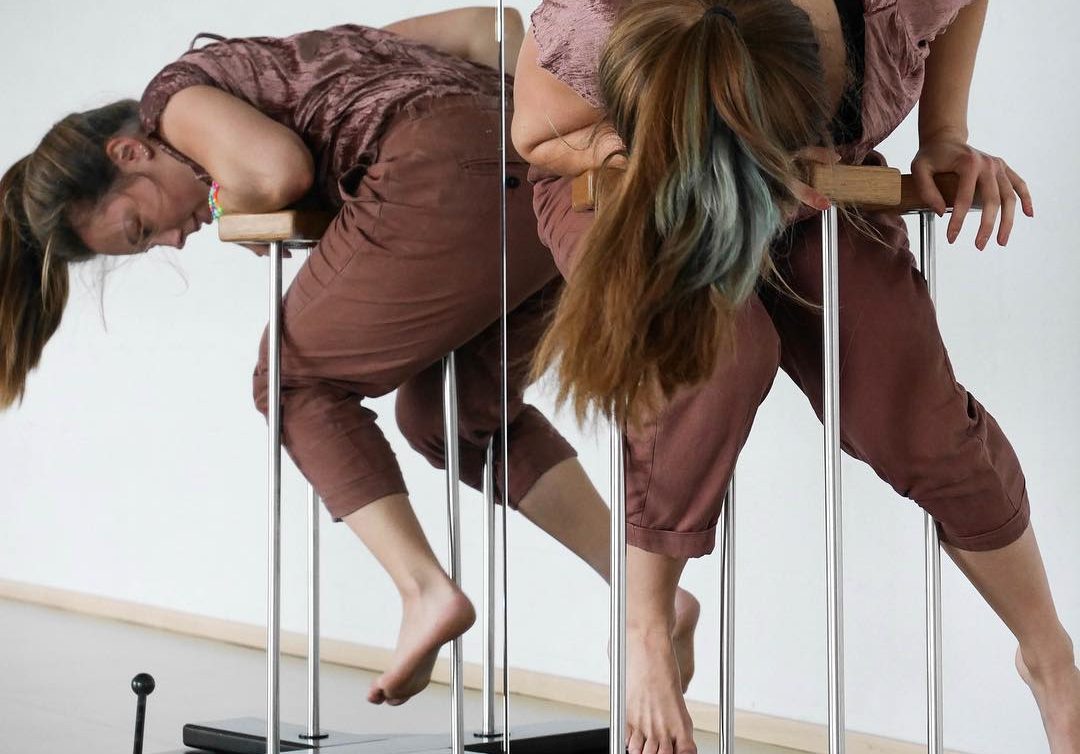objective
To create an artist who is both an author and a creator, whose research and creativity will become part of the evolution of contemporary circus and contribute to the development of this art, either by creating new forms him or herself, or by being part of a collective creative dynamic.
contemporary art form
Circus arts have been revolutionised by crossbreeding with the other performing arts, generating all sorts of different creative ideas and performances, restoring their reputation and meaning that they are now recognised as an art form in their own right.
While the main focus of training is artistic, technical rigour is also valued, with a determinedly contemporary approach. Teaching is inevitably personalised to individual needs, and delivered by professors at the highest level in their respective fields. Students undergo an intense learning schedule, demanding their presence at all times.
Contemporary circus artists are constantly faced with a sense of urgency: for the institution responsible for training young artists, this sense of urgency is vital. It is important to prepare students for the demanding professional world that they will enter once they have completed their studies.
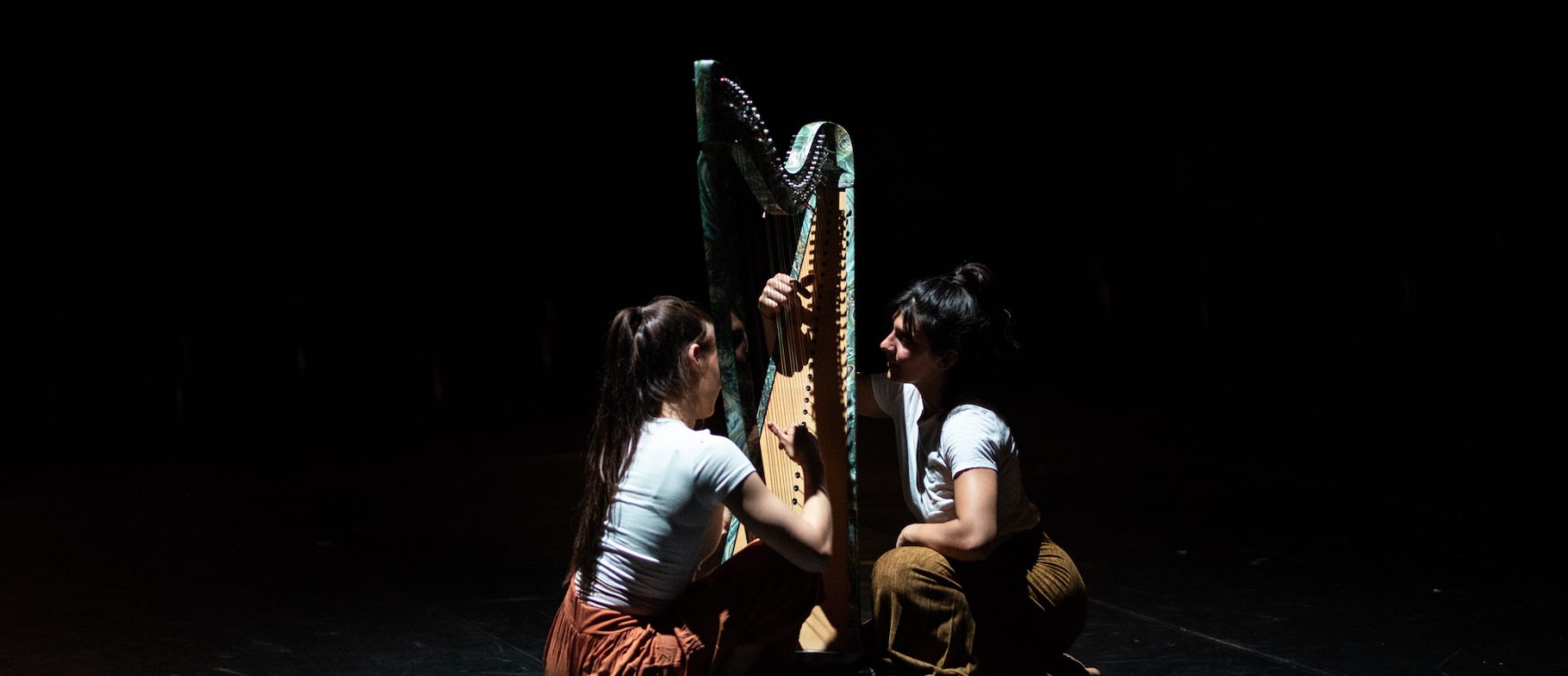
The process of learning circus arts is based on merging and synthesising the specialist disciplines taught at the highest level, as well as on a multidisciplinary approach that inextricably incorporates acting and movement into its basic vocabulary, to help students find their own voice from all the different ways that performing arts can be expressed.
Understanding and gradually incorporating other artistic disciplines feeds into this voice by adding a sense of creative, inventive research. These disciplines (music, stage techniques, set design, sound and light) are indeed fundamental to artistic expression for the circus arts, and have always been a crucial element of the creative process of any circus form. Students must gradually understand and acquire all of these skills and incorporate them into their creative output.
Any individual or group performance is based on a dramaturgical construction that puts the quest for meaning right at its heart. This search for meaning can tackle all the different dimensions and all the directions inherent in art and draw its inspiration from the plastic and visual arts, music, architecture, theatre and literature to develop and build its message.
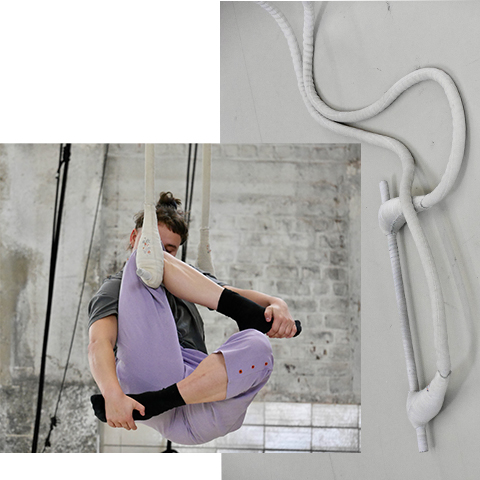
Formal circus arts training may be relatively novel, and resolutely focused on contemporary creativity, but we shouldn’t forget that circus has a history, and that this teaching is set against a rich and varied historical backdrop. Art history and circus history lessons provide context and outline the potential for students to be inventive and innovative.
Faced with an art form that is the subject of constant changes and research, students must have their fingers on the pulse of contemporary creativity and modern circus forms.
It is the college’s mission to make this art form as accessible as possible in order to encourage the emergence of a wide variety of styles.
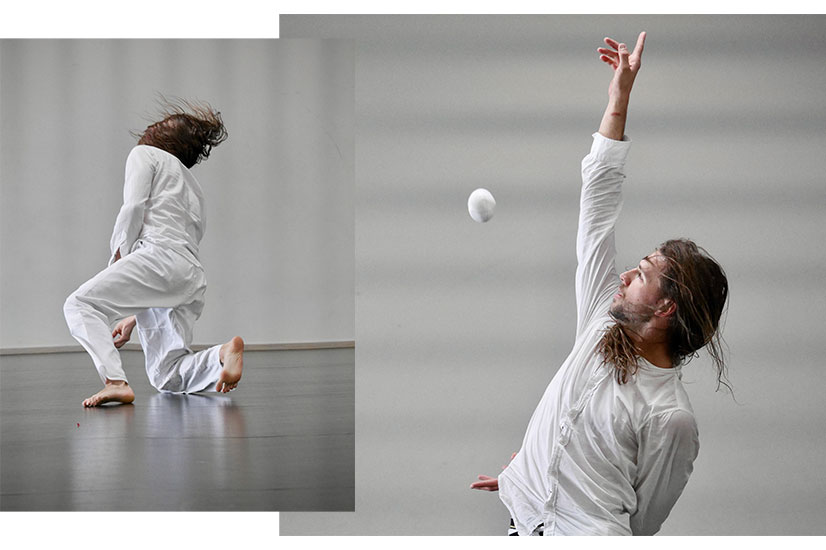
The training must give the student technical versatility: dynamic acrobatics, trampoline and balance.This versatility means that students can enrich and diversify their vocabulary, as they will be given a range of tools that are essential when it comes to developing their own circus language. In a discipline where the body is the primary means of expression, students must be given the opportunity to master theirs as effectively as possible. Lessons focusing on anatomy, biomechanics and nutrition help students get to know their body and look after it throughout their circus arts training.
General and specific physical preparation are essential components of practical training and complement the work required for specific disciplines. In addition to this, students’ health is constantly monitored by a medical expert.
Due to the specific sense of urgency inherent in a circus artist, the teaching of circus arts must include an element of preparing its students for the professional environment that they will be joining when they graduate. By understanding creative and production processes and exploring how to manage their future careers, the college equips them with the tools they need to join the world of work.
methodology and means
Throughout the course, students acquire a working methodology. The learning process is closely supervised and the highest level of quality is demanded at all times. This means that as students start to get into working routines, these routines become an automatic reflex, ensuring stability and confidence. These foundations are built on to help students progress towards a high level of control which supports their artistic output and puts them in a position to develop their own creative autonomy.
By gradually mastering a specific circus discipline at the highest possible level, students learn to value the importance of artistic research and hone their personal project over the three years of studying. Each student has complete control over his or her own project, supported every step of the way by artistic advisors. Students will present their work on many occasions to their mentors, and twice to an internal panel to help them finalise their project. The personal project culminates in the work being presented to an external panel of professionals.
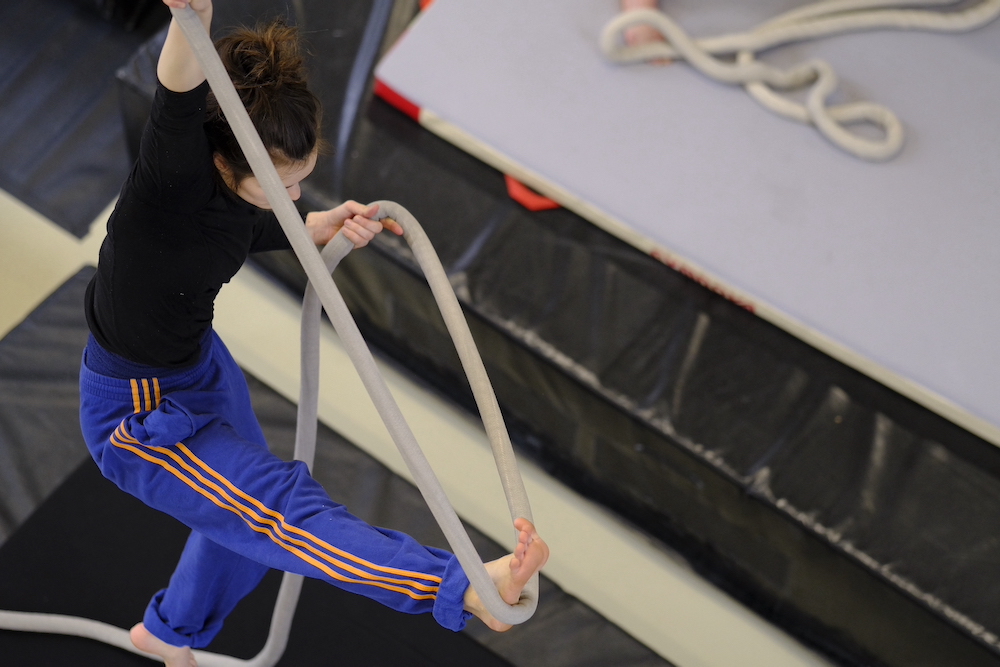
During guided group workshops, students experiment with different research and creativity methods that help them construct a creative form through improvisation and composition exercises adapted to the constraints of the circus. Students are introduced to directors, choreographers and circus artists, chosen for their artistic talents and their ability to guide the students through the creative process.The aim of these experiences is to expose students to original artistic languages that they can use to express their creativity. These workshops lead to public presentations and help participants understand all the different facets of a contemporary circus performance. From writing to production, students are involved in the design, construction and implementation of the performance, interpreting the director’s vision
general elements
The circus arts degree is a “short” course and takes three years. Like any artistic education delivered in a higher education establishment, a circus arts degree offers a multidisciplinary space for research and creativity where the arts and how they are taught are inextricably connected.
The arts that flourish there are not only seen as social productions but also as social agents that contribute to the understanding, evolution and transformation of society.
Drawing on lessons learned from traditional and contemporary art, from thought and science, the process of teaching is about looking forward, opening your mind to the future, to the unprecedented.
The training must give the student technical versatility: dynamic acrobatics, trampoline and balance.This versatility means that students can enrich and diversify their vocabulary, as they will be given a range of tools that are essential when it comes to developing their own circus language. In a discipline where the body is the primary means of expression, students must be given the opportunity to master theirs as effectively as possible. Lessons focusing on anatomy, biomechanics and nutrition help students get to know their body and look after it throughout their circus arts training.
General and specific physical preparation are essential components of practical training and complement the work required for specific disciplines. In addition to this, students’ health is constantly monitored by a medical expert.
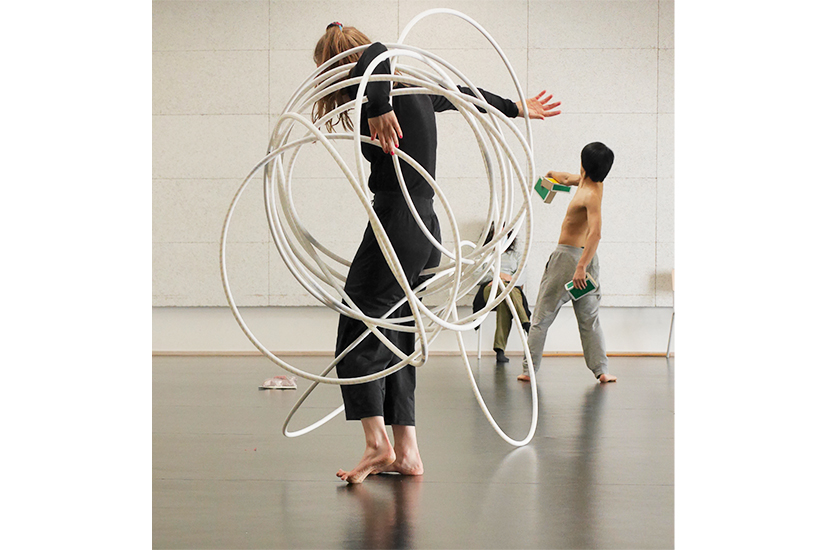
Due to the specific sense of urgency inherent in a circus artist, the teaching of circus arts must include an element of preparing its students for the professional environment that they will be joining when they graduate. By understanding creative and production processes and exploring how to manage their future careers, the college equips them with the tools they need to join the world of work.
By looking closely at the role of art and artists, the circus arts degree prepares students for their role as citizens who play an active part in society as artists.It also prepares students for teaching artistic disciplines, for cultural activities, for professional activities and for making use of the techniques involved in artistic creation.The circus arts degree brings in practicing professionals and researchers to deliver artistic training, and encourages the active involvement of teachers in the practice of their disciplines.
